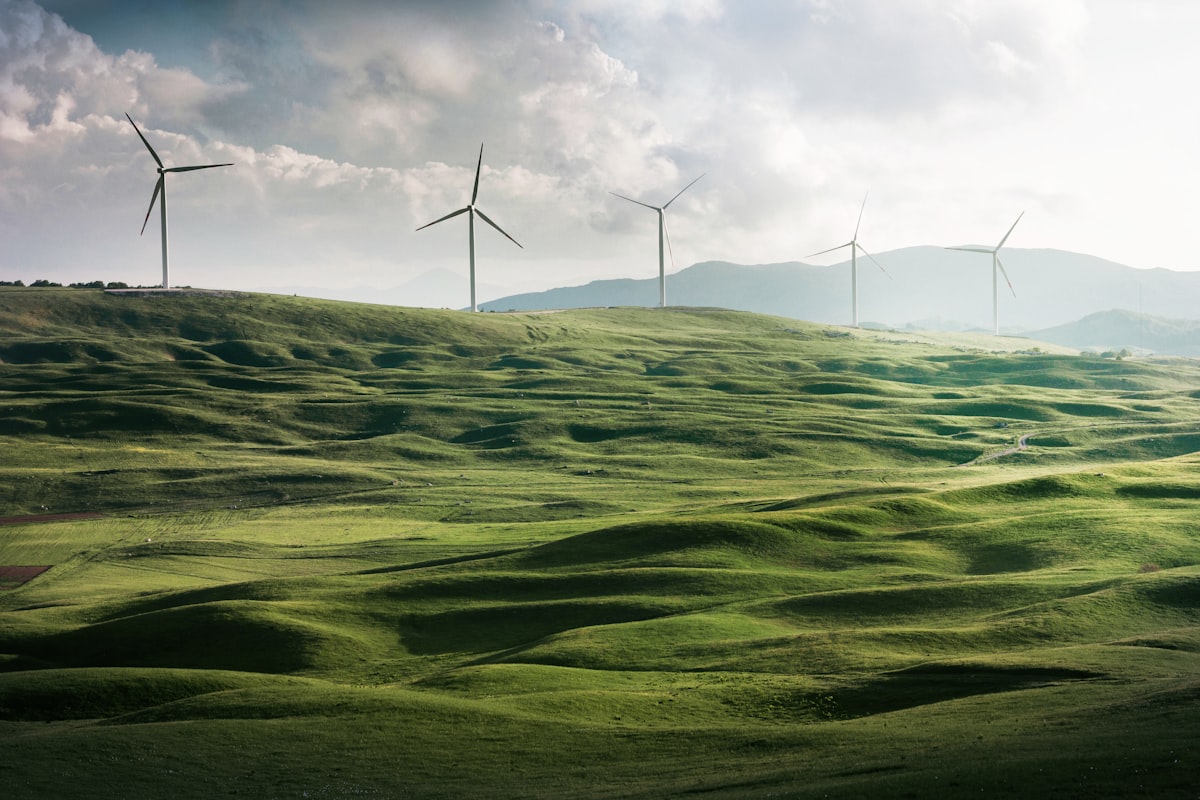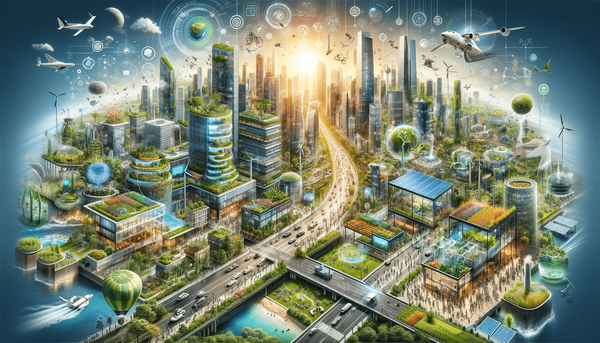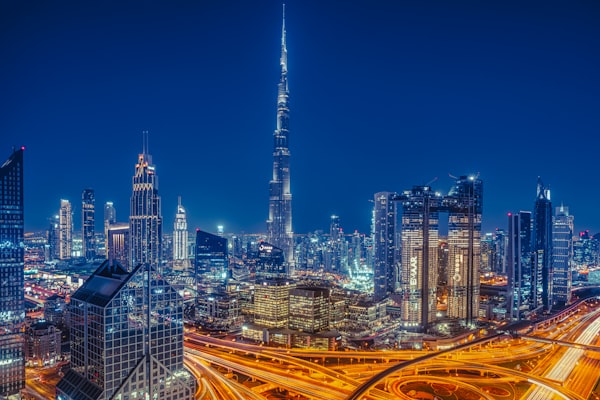Impact of Industry 5.0 on Green Economy and Sustainability
The transition to a green economy, driven by technological advancements and supported by initiatives like the European Green Deal, is crucial for sustainable development. This transition requires a balanced approach that considers both the opportunities and challenges that come with it.

The research paper titled "The Path to Industry 5.0: A Green Economy Evolution and Energy Innovations for Sustainable Development" delves into the formation and development of the green economy in sustainable development, with insights from Industry 3.0, 4.0, and 5.0 technologies[1]. The authors focus on the evolution of the green economy, legislative changes in European countries, and the agenda of international organizations concerning the European Green Deal. They also highlight the opportunities and challenges from a technological perspective for the countries of the European Union in transitioning to a green economy[1].
Evolution of the Green Economy and the Role of Technology
The green economy has evolved significantly, with technological advancements playing a crucial role. The paper's authors discuss the importance of Industry 5.0, which integrates advanced technologies such as artificial intelligence, robotics, and the Internet of Things, in transitioning towards a green economy[1].
The European Green Deal aims to make Europe climate-neutral by 2050 by promoting sustainable growth and reducing greenhouse gas emissions, highlighted as a critical green economy innovation driver. The Deal provides a conducive environment for technological advancements that promote sustainable development[1].
Comparative Analysis of Green Growth Indicators
The paper presents a comparative analysis of green growth indicators developed by the Organization for Economic Cooperation and Development (OECD). The authors found that in 2019, Sweden and Denmark were leaders in the most efficient and sustainable use of resources. Slovakia and Croatia led in the protection of natural capital, while the Czech Republic and Germany had the most significant impact on the state of the environment and ecological assets. Sweden, the Netherlands, and Denmark were found to be most effective in implementing green growth state policy[1].
Challenges and Opportunities
While the transition to a green economy presents numerous opportunities, it also comes with challenges. The authors note that Ukraine had relatively low results regarding the most efficient and sustainable use of resources and the impact of the state of the environment and ecological assets. However, the country demonstrated high results regarding the level of protection of natural capital and the effectiveness of the state green growth policy[1].
Key Takeaways
The research paper provides valuable insights into the evolution of the green economy and technology's role in this evolution. It highlights the importance of the European Green Deal in driving innovation and sustainable development. The comparative analysis of green growth indicators offers a benchmark for countries transitioning to a green economy. The paper also underscores the challenges and opportunities of this transition, providing a balanced perspective on the topic.
In conclusion, the transition to a green economy, driven by technological advancements and supported by initiatives like the European Green Deal, is crucial for sustainable development. However, it requires a balanced approach that considers the opportunities and challenges of this transition.
Citations:
[1]
[2] https://www.frontiersin.org/articles/10.3389/fmtec.2022.951643
[3] https://www.consilium.europa.eu/en/policies/green-deal/
[4] https://www.imf.org/en/Blogs/Articles/2023/11/06/how-green-innovation-can-stimulate-economies-and-curb-emissions
[5] https://www.oecd.org/greengrowth/green-growth-indicators/
[6] https://www.researchgate.net/publication/373897908_THE_PATH_TO_INDUSTRY_50_A_GREEN_ECONOMY_EVOLUTION_AND_ENERGY_INNOVATIONS_FOR_SUSTAINABLE_DEVELOPMENT
[7] https://commission.europa.eu/strategy-and-policy/priorities-2019-2024/european-green-deal_en
[8] https://www.oecd.org/innovation/inno/greengrowthandeco-innovation.htm
[9] https://stats.oecd.org/Index.aspx?DataSetCode=green_growth
[10] https://www.ncbi.nlm.nih.gov/pmc/articles/PMC9899508/
[11] https://en.wikipedia.org/wiki/European_Green_Deal
[12] https://www.frontiersin.org/articles/10.3389/fenvs.2021.745498
[13] https://tech-labs.com/blog/evolution-industry-10-40-and-beyond
[14] https://iclg.com/practice-areas/environment-and-climate-change-laws-and-regulations/02-environmental-law-in-transformation-key-developments-under-the-european-green-deal
[15] https://sustainableearthreviews.biomedcentral.com/articles/10.1186/s42055-020-00029-y
[16] https://www.mdpi.com/2071-1050/15/9/7465
[17] https://kpmg.com/xx/en/home/insights/2021/08/delivering-the-european-green-deal-and-fit-for-55-package.html
[18] https://www.sciencedirect.com/science/article/abs/pii/S0301420723000776
[19] https://www.heartland.io/sustainability-news/industry-50-the-sustainability-revolution/
[20] https://www.nortonrosefulbright.com/en/knowledge/publications/c50c4cd9/the-eu-green-deal-explained
[21] https://www.oecd-ilibrary.org/environment/eco-innovation-in-industry_9789264077225-en
[22] https://www.sciencedirect.com/science/article/pii/S2352550923002488
[23] https://www.eumonitor.eu/9353000/1/j9vvik7m1c3gyxp/vl9tpq5smfs6?ctx=vkf4n0xn1wzp
[24] https://www.ncbi.nlm.nih.gov/pmc/articles/PMC9779436/
[25] https://link.springer.com/10.1007/978-3-030-84205-5_87




